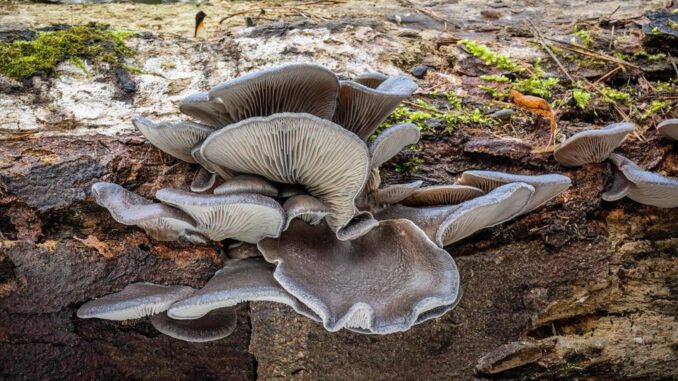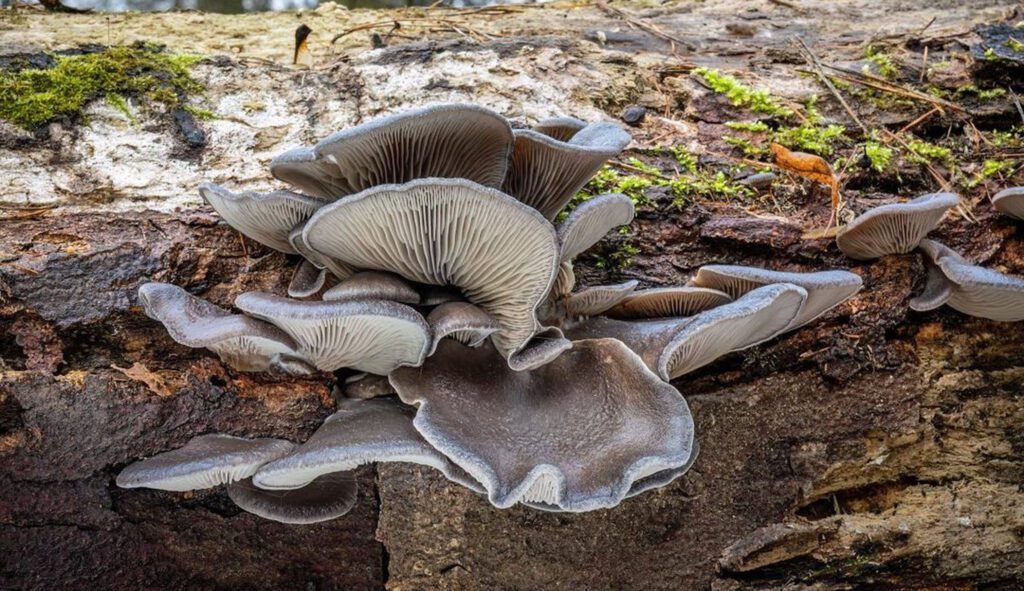
In this article, we will explore which trees you can find oyster mushrooms on and what variety of oyster mushrooms.
Let’s get started!

Getting To Know Oyster Mushrooms
Before delving into the relationship between trees and oyster mushrooms, it’s important to know that there are several types of Oyster mushrooms (Pearl Oyster, Blue Oyster, Golden Oyster, Pink Oyster, Phoenix Oyster, and King Oyster).
As a result, the most suitable trees may vary from one Oyster mushroom variety to another. However, in the following article, we will attempt to provide you with the best list of trees primarily for the classic Oyster mushroom (Pleurotus ostreatus).
Are you ready to learn more about this delicious mushroom with a seafood taste? Let’s get started!
Do you want to get ahead of other mushroom foragers and know exactly where the best spots are in your state? Discover our Mushroom Maps available here!
Why Do Oyster Mushrooms Grow So Well On Trees
Firstly, it’s important to know that Oyster mushrooms exclusively grow on wood. They are saprophytic, meaning they feed on organic matter to thrive.
Typically, you’ll often come across them on dead wood, but it’s also possible to find them on living trees that are in poor health.
So, if you want to find Oyster mushrooms, focus on logs, sick or dying trees.
Interesting Trees To Find Oyster Mushrooms
If you want to increase your chances of finding them, look specifically on certain types of trees!
To increase your chances of finding them, search in deciduous forests, with the following trees:
- poplar
- ash
- beech
- oak
- maple
- birch
(Of course, it’s also possible to find them on conifers, but it’s much rarer!)
Find Mushrooms With Our Maps!
Do you want to get ahead of other mushroom foragers and know exactly where the best spots are in your state? Discover our Mushroom Maps available here!
Leave a Reply